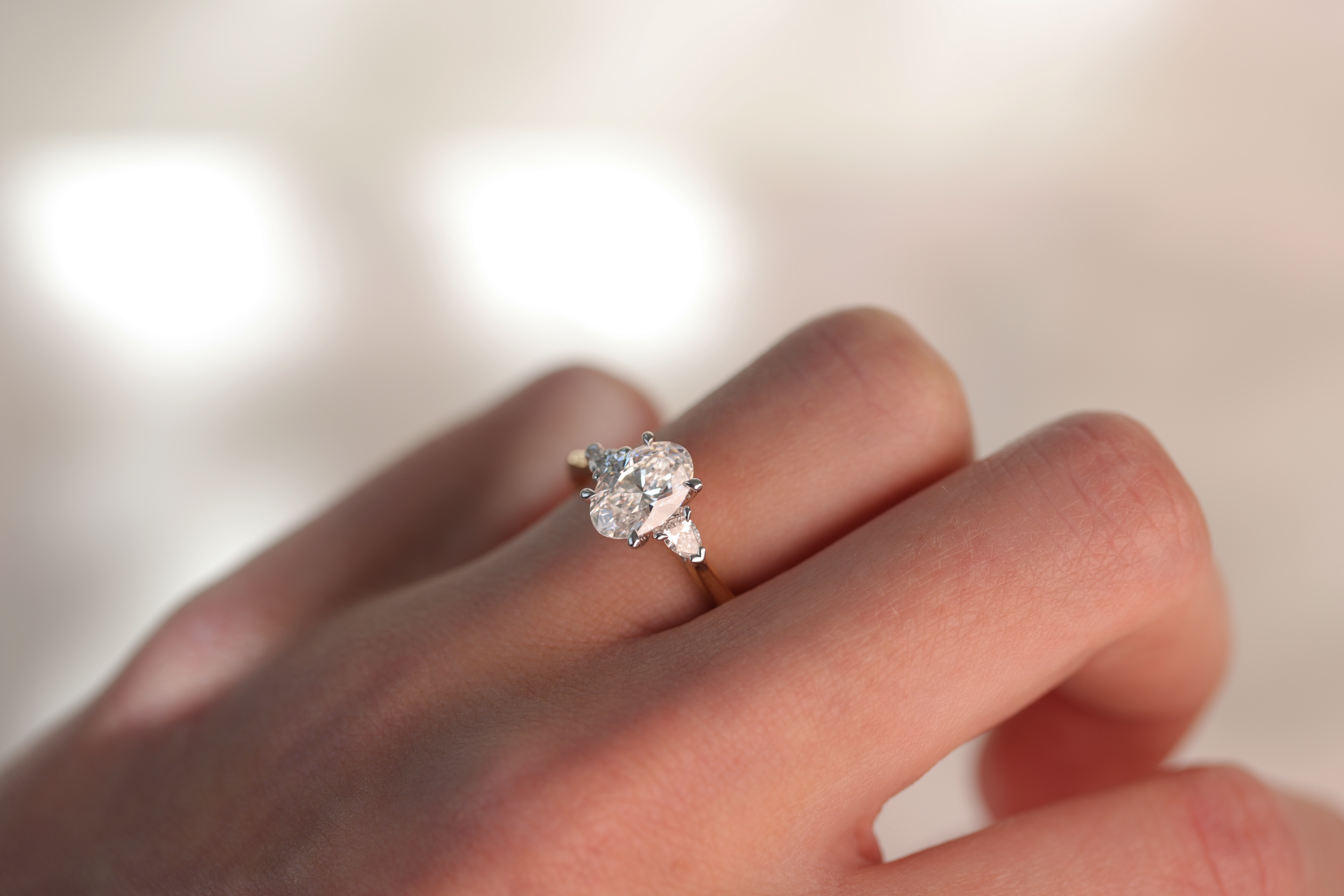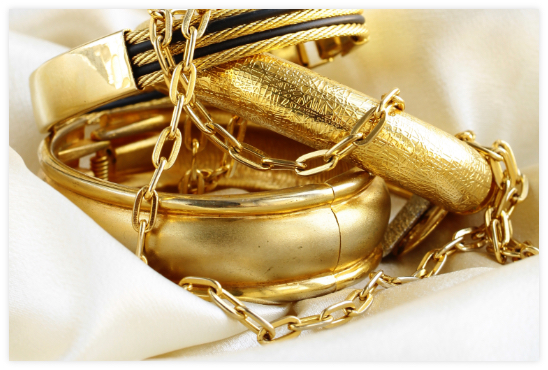Introduction
Thinking about popping the big question? The choice of the perfect engagement ring can be overwhelming, but there’s a dazzling alternative that’s capturing hearts: lab grown engagement rings. Whether you’re driven by ethical concerns, environmental impact, or simply looking for more sparkle for your buck, lab grown diamonds offer a modern twist on a timeless tradition. Let’s dive into the fascinating world of lab grown engagement rings and uncover why they might just be the perfect choice for your forever moment.
What Are Lab Grown Diamonds?
The Science Behind Lab Grown Diamonds
Lab grown diamonds, also known as synthetic or cultured diamonds, are created in a controlled environment using advanced technological processes. These diamonds are chemically, physically, and optically identical to mined diamonds. The magic happens in a lab where scientists replicate the natural diamond-forming conditions, including high pressure and high temperature (HPHT) or a chemical vapor deposition (CVD) process.
History and Evolution of Lab Grown Diamonds
The journey of lab grown diamonds began in the 1950s when General Electric produced the first synthetic diamonds. Initially, these diamonds were mainly used for industrial purposes due to their hardness. However, technological advancements over the decades have significantly improved the quality and size of lab grown diamonds, making them a viable option for jewelry. Today, lab grown diamonds are almost indistinguishable from their mined counterparts and are gaining popularity for their ethical and environmental benefits.
Benefits of Choosing Lab Grown Engagement Rings
Ethical Considerations
One of the most compelling reasons to choose a lab grown diamond is the peace of mind that comes from knowing your gem is conflict-free. Traditional diamond mining has been linked to numerous ethical issues, including funding armed conflicts and exploiting labor in war-torn regions.
Conflict-Free Sourcing
Lab grown diamonds bypass these issues entirely. Since they are created in controlled environments, there is no risk of supporting unethical practices. Each lab grown diamond comes with a clear origin story, ensuring your ring’s history is as pure as its sparkle.
Environmental Impact
Lower Carbon Footprint
Mining diamonds is an environmentally taxing process. It requires displacing tons of earth and consumes significant amounts of energy, leading to substantial carbon emissions. Lab grown diamonds, on the other hand, have a much smaller carbon footprint. They require less energy to produce and do not disrupt ecosystems or wildlife habitats.
Sustainable Practices
Many labs that produce synthetic diamonds follow sustainable practices, such as using renewable energy sources. This commitment to sustainability ensures that your engagement ring not only symbolizes your love but also your care for the planet.
Cost-Effectiveness
Price Comparison with Mined Diamonds
Lab grown diamonds offer excellent value for money. On average, they cost 30-40% less than mined diamonds of the same quality. This price difference allows you to invest in a larger, higher-quality diamond without breaking the bank.
Value for Money
The affordability of lab grown diamonds means you can allocate your budget more efficiently. Whether it’s opting for a more intricate setting or putting savings towards other wedding expenses, choosing a lab grown diamond ring can provide significant financial flexibility.
Debunking Myths About Lab Grown Diamonds
Authenticity and Quality
A common myth is that lab grown diamonds are somehow “fake” or inferior to mined diamonds. This couldn’t be further from the truth. Lab grown diamonds are real diamonds, possessing the same physical, chemical, and optical properties as natural ones. They are subject to the same grading standards and can be certified by reputable gemological institutions.
Market Perception
Another misconception is that lab grown diamonds are not as prestigious or desirable. However, attitudes are shifting as more consumers become aware of the benefits and quality of lab grown diamonds. Increasingly, people value the ethical and environmental aspects of their purchases, making lab grown diamonds a preferred choice for many.
Resale Value
The resale value of diamonds, whether lab grown or mined, is often a topic of concern. While it’s true that diamonds in general do not hold their original purchase value, the resale market for lab grown diamonds is gradually improving as they gain acceptance and popularity. However, it’s essential to view an engagement ring primarily as a symbol of love and commitment, rather than a financial investment.
How Lab Grown Diamonds Are Made
High Pressure High Temperature (HPHT) Method
The HPHT method mimics the natural diamond formation process. A small diamond seed is placed in carbon, subjected to high pressure and high temperature, and slowly forms a larger diamond crystal. This method can produce both gem-quality and industrial-grade diamonds.
Chemical Vapor Deposition (CVD) Method
The CVD method involves placing a diamond seed in a chamber filled with carbon-rich gases. These gases are ionized into plasma, causing carbon atoms to bond to the seed and form a diamond layer by layer. The CVD method allows for greater control over the diamond’s properties, such as color and clarity, resulting in high-quality gems suitable for jewelry.
Comparing Lab Grown Diamonds and Mined Diamonds
Physical and Chemical Properties
Lab grown diamonds are identical to mined diamonds in terms of their physical and chemical properties. They are made of pure carbon and exhibit the same hardness, brilliance, and sparkle. Even under a microscope, it’s challenging to distinguish between the two without advanced testing equipment.
Visual Differences
To the naked eye, there are no discernible differences between lab grown and mined diamonds. Both types of diamonds can be cut into various shapes and sizes, man made diamonds, displaying the same fire and scintillation. The choice between the two often comes down to personal preference and values rather than visual appearance.
Choosing the Perfect Lab Grown Engagement Ring
Understanding the 4 Cs: Cut, Color, Clarity, and Carat
When selecting a lab grown diamond, the 4 Cs are just as important as they are for mined diamonds. The cut determines the diamond’s brilliance, the color grade affects its hue, clarity refers to the presence of inclusions, and carat weight measures the diamond’s size. Balancing these factors according to your preferences and budget is key to finding the perfect ring.
Popular Ring Styles and Settings
From classic solitaires to intricate halo designs, lab grown diamonds can be set in any style that suits your taste. Vintage-inspired rings, modern minimalist settings, and bespoke designs are all options to consider. Your choice of metal, whether it’s white gold, yellow gold, rose gold, or platinum, also plays a significant role in the ring’s overall aesthetic.
Customizing Your Ring
One of the advantages of choosing a lab grown diamond is the ability to customize your ring. Many jewelers offer bespoke services where you can select the exact diamond, setting, and design elements to create a unique piece that perfectly symbolizes your love story.
Where to Buy Lab Grown Engagement Rings
Trusted Online Retailers
There are several reputable online retailers specializing in lab grown diamonds. Websites like James Allen, Brilliant Earth, and Blue Nile offer extensive collections and the convenience of browsing from home. These retailers often provide detailed product descriptions, high-resolution images, and customer reviews to help you make an informed decision.
Brick-and-Mortar Stores
If you prefer a more hands-on approach, visiting a physical jewelry store can be beneficial. Many jewelers now carry lab grown diamonds and can provide personalized assistance in selecting the perfect ring. Stores like Helzberg Diamonds and Jared offer lab grown options alongside their mined diamond collections.
Tips for Safe Purchasing
When buying a lab grown engagement ring, ensure you choose a reputable retailer. Look for certifications from recognized gemological institutes, such as GIA or IGI, which guarantee the quality and authenticity of the diamond. Additionally, review return policies, warranties, and customer service options to ensure a smooth purchasing experience.



:quality(85):extract_cover()/2022/09/23/809/n/1922153/tmp_3wVmeE_173c8d33564df3bd_GettyImages-1219557574.jpg)